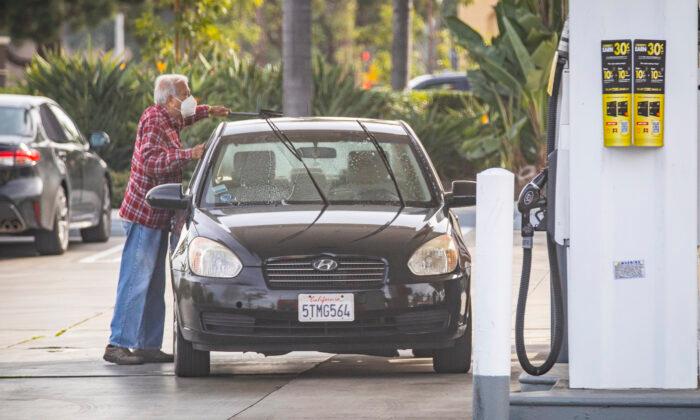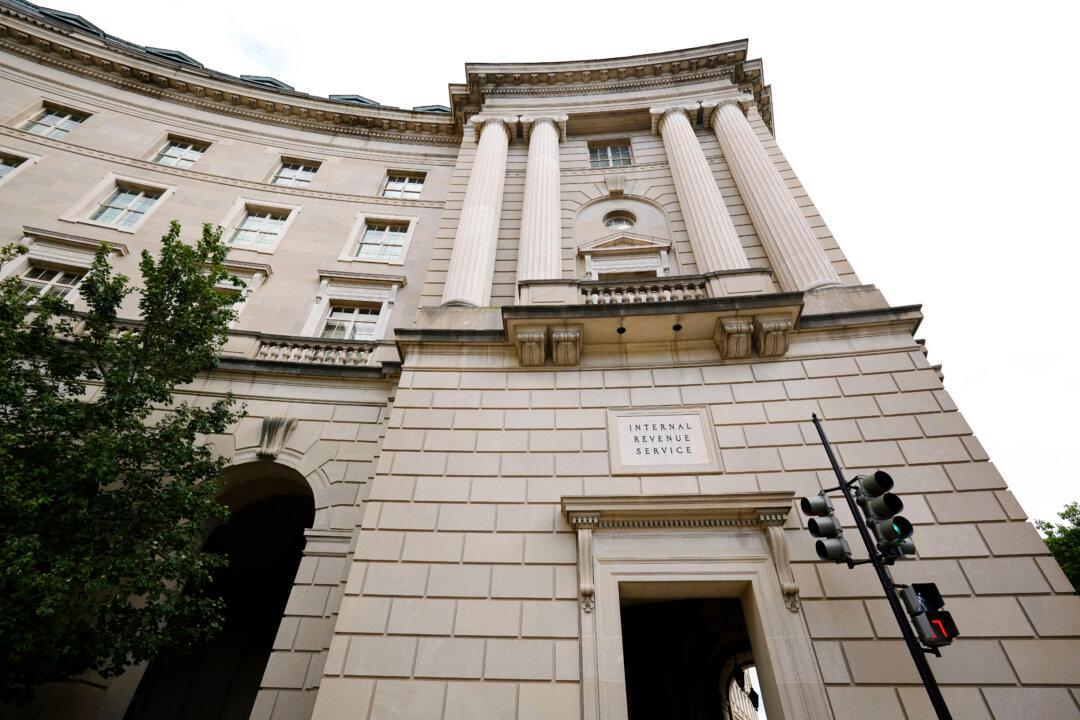Gas prices in the United States are edging towards multi-year record levels, pushing up prices of daily essentials and eroding the quality of life of Americans along the way. Multiple factors such as the Russia-Ukraine crisis and OPEC production are contributing to the rise in prices.
According to the American Automobile Association (AAA), the average price of regular gas was $3.441 per gallon as of Feb. 7. This is 2.22 percent higher than the average price of $3.366 a week ago, 4.17 percent higher than a month ago when the average price was $3.303, and 39.65 percent higher than a year ago when the average price was $2.464.
Tracy Noble, a spokesperson for AAA Mid-Atlantic, said that the persistent Ukraine-Russia tensions were a reason why crude oil prices were pushing up “almost daily,” in an interview with
AP.Russia has amassed some 100,000 soldiers along its borders with Ukraine. Moscow is blaming the West for worsening the situation and has demanded that Ukraine not be allowed to join NATO. Washington has warned that Moscow might use a staged attack to create a justification necessary to invade Ukraine, reported
Reuters.
Meanwhile, the Organization of Petroleum Exporting Countries (OPEC) has dismissed requests to boost production, which combined with the Ukraine crisis has created instabilities in the market.
White House press secretary Jen Psaki was asked about the gas prices which are at a seven-year high during a recent
press briefing. Psaki replied that Washington is “in touch” with European allies and suppliers to make sure that capacity is increased to meet the rising energy needs.
“We’ll continue to — to look at options that can be done to lower gas prices for the American people… In terms of whether or not there could be more oil drilling, you know, I’d point you to the oil companies on what available places they have and if they’re maximizing that. My understanding is they’re not,”
Psaki said.
In early Monday trading, oil prices initially fell and then rose subsequently. Experts have pointed to investors booking short-term profits after seeing progress in nuclear talks between the United States and Iran for the change in prices. However, prices soon began to move up after the technical correction as the global supply of oil is still expected to stay tight, according to
Reuters.
U.S. oil prices had rallied to break through the $90 per barrel level for the first time since 2014 on Feb. 3. Some experts are predicting the commodity to break through the $100 level soon due to strong international demand.
However, demand for gasoline in certain regions in the country has been falling for the past few days. According to a
tweet by oil market expert Patrick De Haan, PADD 3 (U.S. Gulf Coast) gasoline demand as compared to the same day a week earlier is showing a downward trend.
On Feb. 3, demand was 47.4 percent higher than on Jan. 27. A day later, gas demand was only 38.1 percent higher compared to Jan. 28. And on Feb. 5, the demand for gas was just 19.7 percent higher than it was on Jan. 29. The same decline was seen in the PADD 2 Midwest region.






Friends Read Free